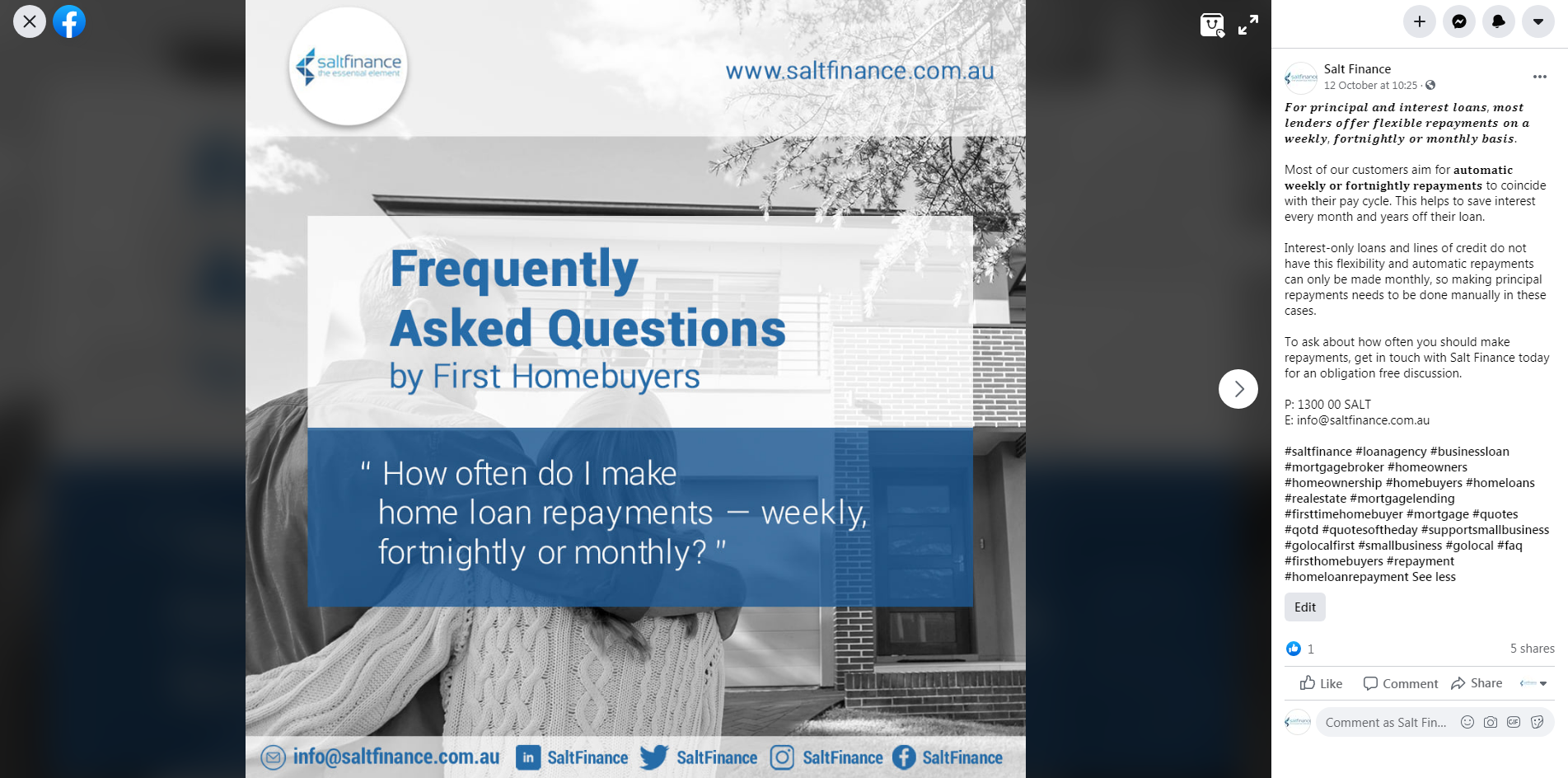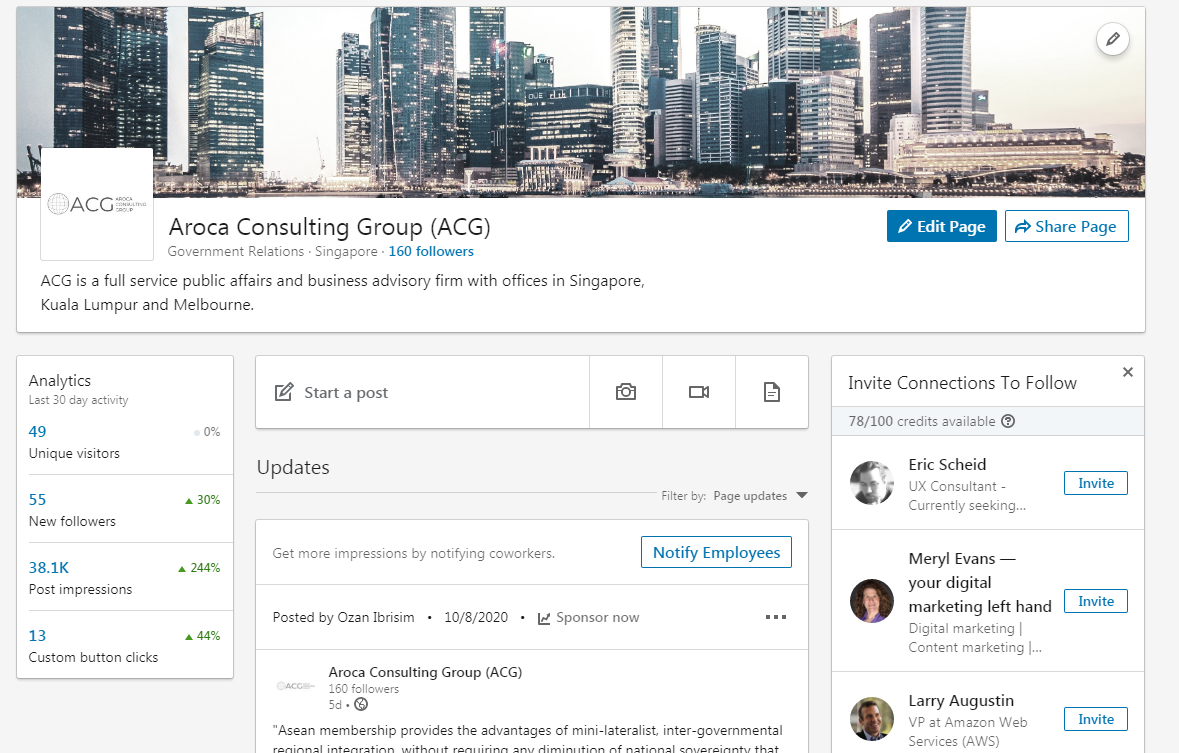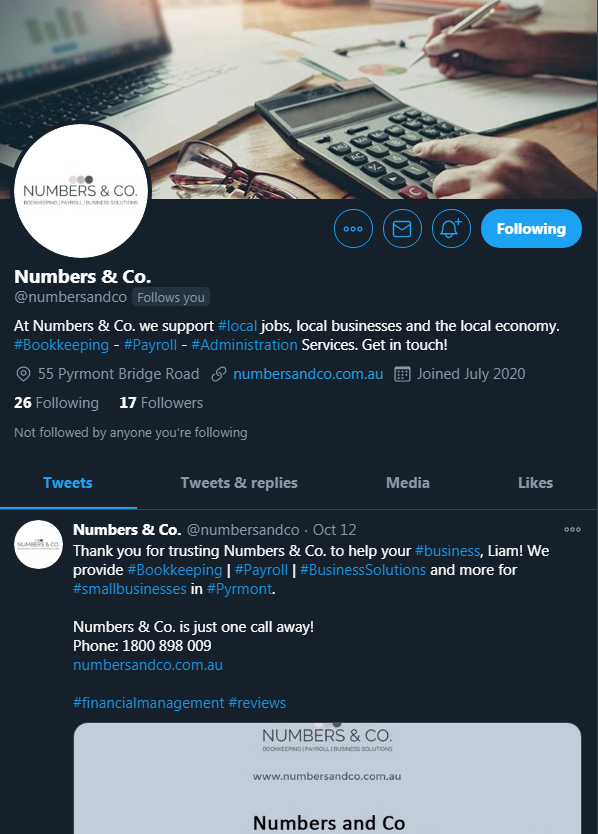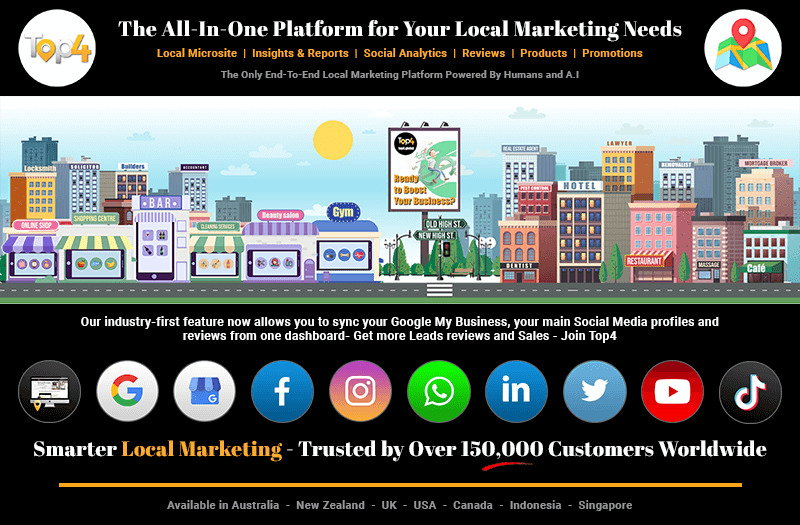Generating a successful lead generation strategy can seem like a difficult endeavour. The entire plan consists of up to 15 steps, depending largely on the specifics of your business. Because we understand how laborious the effort can be, we have decided to split the lead generation tips and tricks article into three main chunks, making it easier for you to understand how to address the process and what is expected of you.
Here’s a short summary of the first five steps:
1. The exploratory stage
During this step, you will need to gather as much relevant information regarding the product, service, or solution, while also determining your prospect profiling and your overall targeting, either for PPC, media partner, or other tactics appropriate for you.
2. Creating the marketing plan
Decide on your objective, analyze the competition, craft your buying personas, and establish a timeline and roles involved in each step of the process.
3. Content roadmap
During this stage, you must map all the relevant content for your lead generation campaign, who takes ownership over what as well as curating your existing content to repurpose it.
4. Website/landing page creation
Because this step involves both content creation, graphical design, and web development, you should start with a wireframe. Move forward from there and get your lead generation hub up and running before launch day.
5. Email marketing plan
Emails will plan a huge role in the effectiveness of your lead generation strategy, that’s why putting an emphasis on understanding the email workflow is such an important task. Decide on email frequency, design, and afterwards start implementing the plan.
6. Social media
Building an omnichannel strategy is probably an essential requirement for running a successful lead generation campaign. Try to envision how each channel will connect with the other tactics used in your campaign. Social media can provide organic reach to your messages and contribute to brand awareness, a highly important element for establishing trust.
Facebook company page

Facebook’s organic engagement has gone downhill in the last couple of years, being replaced with the need to invest in advertising to reach people. Nonetheless, disregarding the platform is a rookie mistake. Because prospects will still research you on social media and having a constant flow of content relevant to them will increase the likelihood of conversion.
You can use Facebook to distribute content, to promote webinars or live events, and to spark conversations with your audience.
LinkedIn company page

As long as you have a dedicated influencer inside your company, such as a Business Development Manager, a CEO, you can use their reputation on LinkedIn to grow a community. That community will prove extremely valuable when trying to generate participants at events and webinars. On the other, a LinkedIn company page will help establish authority in your field and be a particularly good platform for thought leadership.
Twitter company page

Twitter is a peculiar social media platform because its algorithm doesn’t showcase your content to just your existing audience. Researching what hashtags your audience is keeping an eye on might mean that your tweets have the same chance of going viral as those from more well-established brands.
Use Twitter’s potential for generating exposure to your advantage and share your most valuable content there. At the same time, interacting with users and sharing other relevant content to build a flow of constant tweets.
Other social media presence
Instagram, Snapchat, TikTok, Xing, and many other social media platforms can prove a good fit for your strategy, as long as the audience you are trying to reach is already there. Based on what platform you find, try to adapt the type of content to whatever works best there.
7. Advertising campaigns
You might not even need to use advertising campaigns for your lead generation efforts, but in case you decide to do so, here are the steps you will need to follow to make sure your PPC activities are aligned with the rest of the strategy.

Budget planning
In terms of deciding which advertising platforms to use, you must first have a clear picture of the budget at your disposal. Doing so will help you choose the PPC tactics that are more likely to bring a positive ROAS (return on ad spent). If this is your first time running advertising campaigns, something that needs to be a priority is how different the costs associated with clicks are on each platform. LinkedIn, for example, is a more expensive platform for marketers, while Facebook is way cheaper.
When trying to figure out what budget to allocate to advertising activities, one thing that will weigh a lot is the type of business you are going to do this for. For B2B companies some PPC tactics make more sense than others. LinkedIn Ads and Google Ads will provide you with the right targeting options. For B2C businesses, on the other hand, Facebook & Instagram will be a better fit.
Creatives
PPC activities will require both copy and graphic design assets. Based on the roles defined previously in the lead generation strategy, you will be able to delegate tasks and create deadlines. One thing you need to pay attention to is to create a unified experience for users when going from an ad to your website or landing page.
Writing the ad copy will mean respecting some constraints imposed by the advertising platform. Those usually have to do with the amount of text you can input and the sizes or aspect ratio of videos or images.
Design
Use the same colours, fonts, and images to generate your ads. If you are opting for video ads, make an effort to generate assets that are easy to view while muted. Send over the requirements and specifications to your graphic designer. In terms of creating the design of your PPC campaigns, the main effort will be a project management one.
Implementation
Up to this point, you should already have the PPC targeting, creatives, and design, so you can easily start implementing the advertising campaign. Most platforms will try to optimize them for your goals, but you will also need to constantly review them and optimize for best results.
8. Marketing automation
A proper lead generation campaign will need a specialized tool to be fully implemented. Most likely, you will have to opt for a marketing automation platform, if you do not use one already. MailChimp and Customer.io already offer great email marketing workflow features, so you can analyze if they include everything you need.
Tracking landing pages or websites
Include some tracking systems on your website or landing page, to be able to gather data that you will use in the optimization process. You will need a web traffic analytics solution, such as Google Analytics or Statcounter. Afterwards, figure out what type of engagement you want to track, to see what other solutions will need to be a part of your pages.
Hotjar or Inspectlet can help generate heatmaps, funnel engagement reports, and recordings of user interaction. If you use a more advanced marketing automation solution, you will also want to include their tracking code. These types of platforms will allow you to build lead scores based on the actions leads and prospects take on your website.
Including forms
Forms play a major role in lead generation. They function as the first door between prospects and your business. They can be used for inbound marketing purposes, specifically for gated content, but also for allowing users to contact you, schedule a meeting, or request RFIs or quotes.
Think ahead on the fields you want to be included in your forms because you will have to avoid overwhelming users with a cumbersome form. Only pick the most relevant fields and collect additional data in other interactions, such as email marketing or sales calls. For design purposes, also try to make the forms blend in your landing page, making them a more natural part of the user experience.
Activating automatic responses
You should already have the automatic responses to form submission ready to go. Just create the appropriate triggers and let your email campaigns run.
Lead qualification system
Your lead generation strategy must include criteria for qualifying leads. If your marketing automation or email service providers offer the option, create automated workflows for sending marketing qualified leads directly to sales after reaching a certain lead score or after consuming a specific number of content pieces. Regardless of the actions that will be used to measure lead interaction, the qualification process needs to be clear for the get-go. Implement the system in your platform and start analyzing how well your overall campaign is performing.
9. Lead generation campaign setup
Before going live, you will have to test that everything works according to plan. This is something that you will do in the setup stage of your lead generation campaign.
Launch the website or landing pages
Your website or landing pages will need to perform properly before investing effort in attracting traffic to them. Make sure they are responsive, that the content loads in due time, that all assets are visible. All in all, you need to make sure you are delivering an experience that is on par with what users are expecting and what your competitors offer.
Launch the advertising campaigns
You have done your homework, your PPC campaigns are just waiting for the last check-up before going live. Review the settings of your campaign, from location to targeting options, make sure your ads have been approved. If everything seems in order, you can feel confident enough to enable the campaigns to run.
Test the forms
Are users going to be able to fill in the form on your website? Are they redirected to a thank you page afterward? Is the data recorded properly inside your ESP, marketing automation platform, or CRM?
Once you can start positively to each of these questions, you should be good to go.
Test the lead qualification system
Check if all actions that are relevant for your lead generation campaign are properly tracked. Test the entire funnel as a normal user and look out for issues with email frequency, blog articles, gated content, or automated responses.
10. Launch
This is basically the culmination of all your effort. You can sit back and watch your lead generation campaign run on its own. There are no additional steps for this stage. You can pat yourself on the back for doing a good job.
But that doesn’t mean this is where all the work stops. For the next steps, we are going to look at how to distribute content, how to monitor and analyze results, and how to improve results. Lastly, we will see how a marketing qualified lead moves to the sales funnel.
Looking to build customer loyalty through social media? Don’t forget to add your business to Top4.com.au
List your business, create your own digital store to sell goods and services, and share posts on social media. Promote your business on Google instantly! Should you need help with local digital marketing then view our new Google Marketing Platform and services Top4 Marketing
Get Found On Google Promote Your Website, Reach local customers today!
Our Digital Marketing Agency Services Across All Industries Include Search Engine Optimisation (SEO), Google Marketing, Website Design, Corporate Web Development, and local location-based marketing using our own Google Marketing Platform!
Engage A Social Media Agency For Only 1/3 The Cost Of Employing A Social Media Manager…LET’S TALK!
Source: datavalidation





